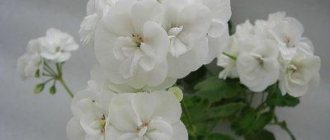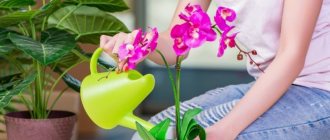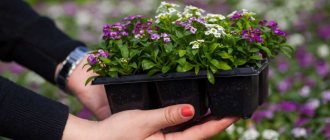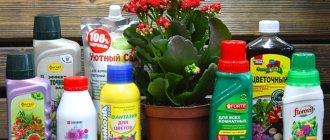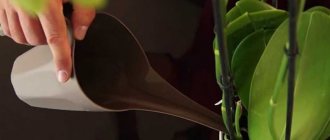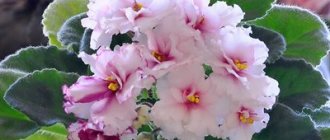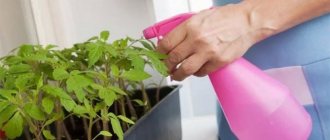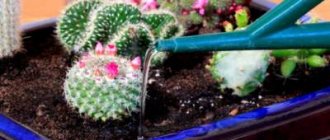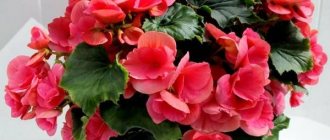Author of the article: Anna Vladimirovna | Updated: 01/12/2022
XXI CENTURY Candy Fudge Scented water
266 ₽ More details
Video baby monitor Motorola MBP36S (white)
12900 ₽ More details
Czech shoes for girls
Among the wide variety of indoor plants, hydrangea is worth special mention. It is valued among flower growers for its beautiful and bright flowering. Moreover, if you know how to care for a plant, you can even change the colors of its buds. This article will tell you what this flower is and how to care for it to get beautiful blooms.
Why is it important to feed on time?
It is necessary to provide nutrition for hydrangea throughout the entire period of spring and summer.
The plant also needs nutrition to restore its strength to generate buds for the next season. If you do not add nutrients, the hydrangea will bloom less often, and the color of its buds will not be so bright. In July, before the flowering of paniculate and tree hydrangea, substances identical in composition are used, since these two varieties have the same nutritional preferences. This period is the most crucial. If you do not apply the necessary fertilizers, the buds will be small and will not last long on the stem.
Features of the fertilizer
in spring
If you properly fertilize a flower, it will have a bright, beautiful leaf plate and abundant flowering throughout the season.
The first spring feeding is necessary for the formation of healthy and strong leaves. It should be carried out in March, as soon as sap flow begins. During this period use:
- Nitrogen preparations. You can use a mixture consisting of urea and potassium sulfate (20 g per bucket of water). For 1 bush, 5 liters of solution is enough.
- Organic matter , for example, slurry.
- Phosphorus and potassium. These minerals must be introduced before flowering. For 10 liters there is 1 tbsp. substances.
- Potassium permanganate. You need to spray the leaves of the bush with a weak solution (3 times in the spring). Then the plant will be strong and flexible.
In summer
- In June, a solution of nitrophoska and Agricole is needed (20 g per bucket of water). Organic doesn't hurt either. Under each plant you can pour 10 liters of diluted nettle infusion.
- In mid-July, the flower needs to be fed so that the inflorescences actively bloom and bloom for a long time. Store-bought drugs are suitable, for example, Kemira flower. For 10 liters of water there is 1 tbsp.
- In August, you can use mineral fertilizers, alternating with organic ones.
in autumn
Autumn fertilizing is necessary to prepare the crop for the dormant period and the formation of young shoots with flower stalks. Potassium-phosphorus compounds are used.
Potassium makes the plant's root system stronger and helps it survive the cold winter.
With the onset of autumn, the plant needs organic matter, for example:
- peat;
- compost;
- humus.
Spread the fertilizer near the bush in a layer of 5-10 cm. Then the soil will not freeze in winter, and the root system will be protected.
Varieties of large-leaved hydrangea by flower color
There are a huge number of varieties of large-leaved hydrangea. Let's look at a few of the most popular ones, dividing them into color categories.
Light
Sister Therese (Soeur Therese):
- inflorescence diameter 30 cm;
- white inflorescences with a delicate lilac-pink tint change color to greenish-pink towards the end of flowering;
- blooms until September on last year's shoots;
- dense, spreading shrub.

